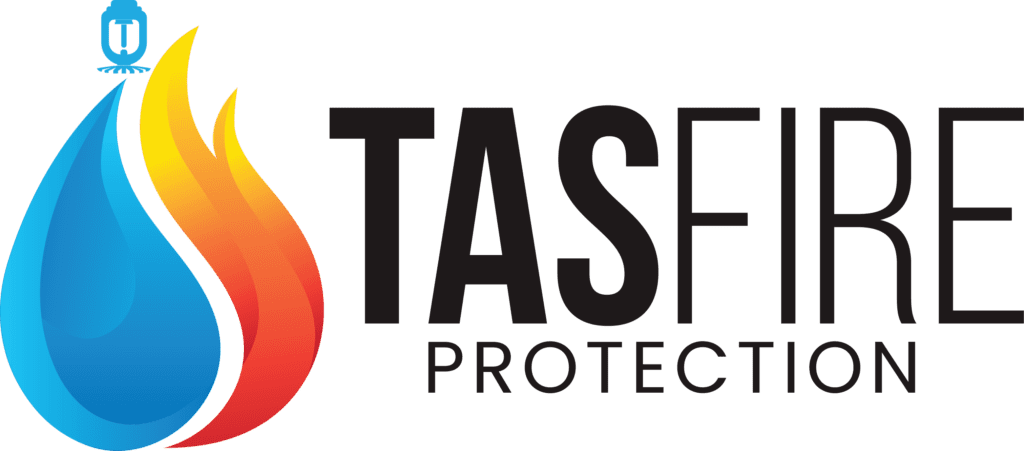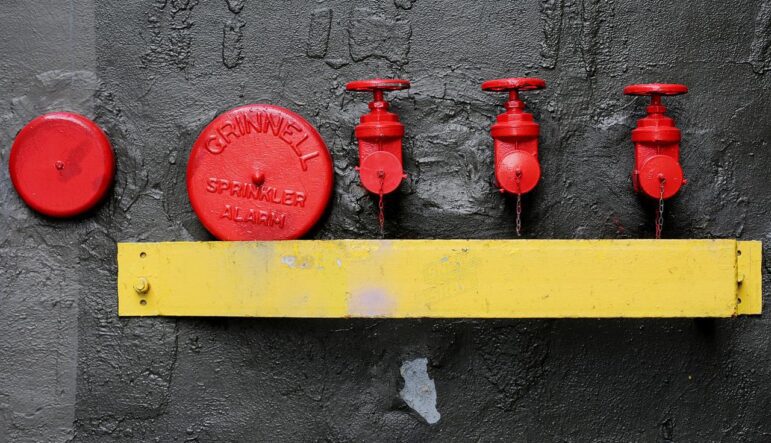Different Types of Fire Protection Systems…
Fires are among the most devastating catastrophes that may occur in a household or a commercial setup. It can ruin precious memories like photographs, keepsakes, and vital information in different documents that you will never be able to replace.
To avoid this unexpected chaos, fire safety services are a very important factor you need to have on your premises. Everyone needs to feel comfortable, both at home and in public places.
These unquestionably crucial safety measures can detect, contain, and/or extinguish fires. It’s difficult to know which of the many kinds of fire protection systems on the market will be the best fit for your facility or household.
So here, we answer a few questions that you might have in the case of fire protection systems. We will give you a brief overview of the different types of fire protection systems and how they function.
What Is a Fire Protection System?
Before we get into this, let’s answer a basic question you might have. What is a fire protection system? A fire-protection system is a collection of interconnected devices that detect and mitigate a fire’s consequences.
The sooner a fire is spotted and identified, the more likely it is to be effectively extinguished and the more its harmful consequences can be reduced. In conclusion, fire-protection systems can save both material goods and, more crucially, human lives, making them an extremely valuable addition to your security alarm system.
But surprisingly, all the fire fighting systems are not built the same. For different purposes and different premises, the requirements of a fire protection system can vary. Let’s see the different types of fire protection systems.
Active Fire Protection Systems
Active firefighting systems are those that are actively working to put out a fire. These systems include fire-detection modules as well as an active element. An active fire protection system includes fire sprinklers, smoke detectors, fire extinguishers, and fire alarm systems.
Some type of action is necessary for an active fire protection system. In the case of a fire, active systems can be set to be automatically engaged or a manual one if you prefer. This can be done manually with a fire alarm station or automatically with a smoke detector detecting unusual smoke and enabling the alarm.
Active systems are intended to notify people of an impending emergency so that they can evacuate the premises immediately. People can understand how active fire systems work and how to proceed when activated by participating in fire drills at their respective companies or fire hazard awareness programs.
Let’s read about a few types of active fire protection systems.
Sprinkler Systems:
Water is used to extinguish fires in one of the most prevalent forms of fire defense systems. Sprinkler systems can be found in many commercial facilities and some houses.
Water is stored in a reservoir or is connected to the public water supply. When the system recognizes a fire outbreak, it sprays a mist or a higher water level to extinguish it.
The main benefits are that it is less expensive than other varieties and is easier to replace, but it can cause major water damage to assets that are prone to liquid damage and also should not be recommended to be used on-premises that have electric goods and storage.
There are several other classifications within the water fire sprinkler systems.
Water Mist Systems:
A water mist system consumes up to 90% less water than a conventional sprinkler system while still dispersing delicate water sprays. By evaporatively cooling the flame and the surrounding gases, the water mist can control, suppress, or extinguish fires while causing the least amount of water damage.
These kinds of active fire protection systems can be used for fires where delicate assets are situated and excess water sources cannot be used to extinguish the fire.
Passive Fire Protection Systems
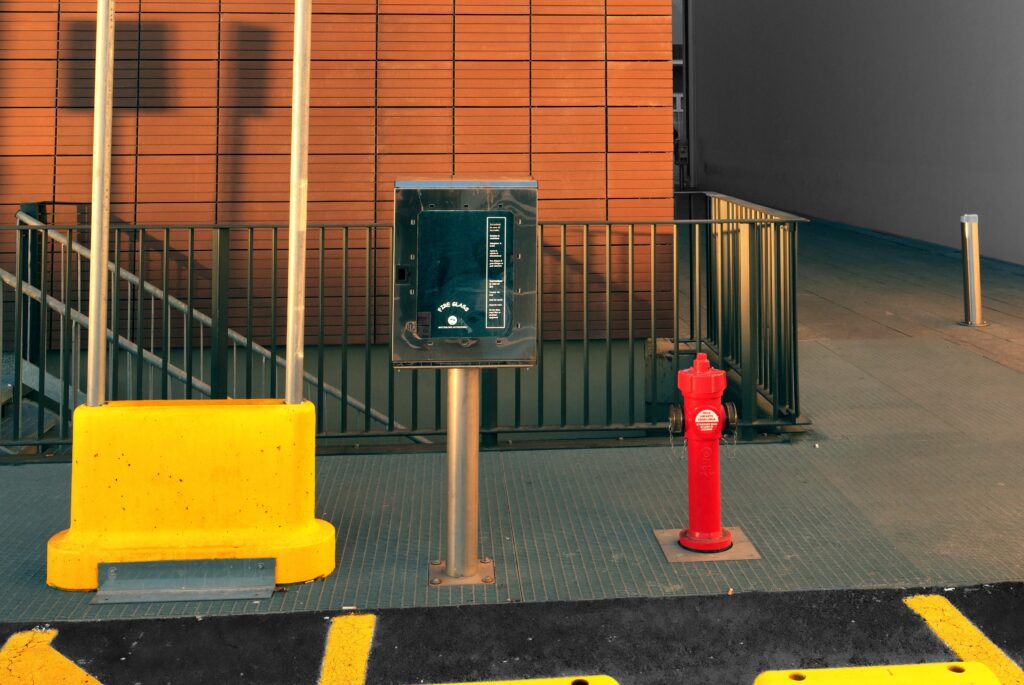
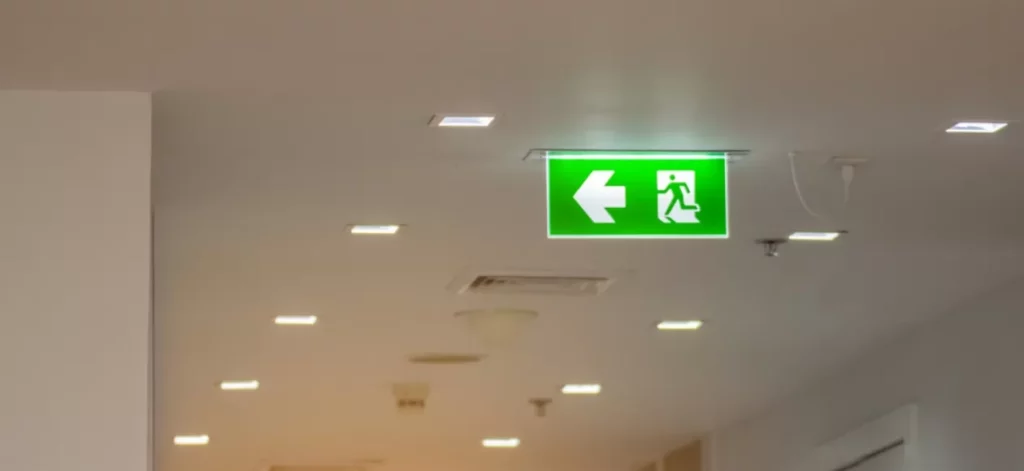
Passive fire prevention, unlike active systems that try to confine, control, and destroy flames, prolongs the time for evacuation by subduing the fire and smoke. When heat or smoke is detected, the architecture of these passive fire protection systems allows them to immediately engage the ignited fire.
Their goal is to keep the fire contained in the region where it started, preventing it from spreading to different areas of the building. Fire-resistant walls, fire dampers, and fire doors are examples of passive systems more typically utilized in commercial fire alarm installations.
Fire Doors:
A fire door’s primary function is to offer a clear path of escape. They are, however, an important aspect of a building’s compartmentation scheme.
Intumescent strips or cold smoke seals, which provide additional fire resistance by obstructing the passage of smoke, are typically used to reinforce fire doors. So, fire doors can be viewed as a passive fire prevention measure.
Special Hazard Fire Suppression Systems
Fire suppression systems are used in places with distinctive properties and valuables that would be difficult or impossible to replace if lost, including museums with historical artefacts or record-keeping facilities that contain important documents and years’ worth of records that cannot be destroyed or mishandled at any cost.
The most commonly used fire suppression system that is used for special hazard scenarios is clean agent solutions. Most vital assets that have historical value or assets that cannot be exposed to systems like water sprinklers in a fire are protected by clean agents.
You may also like to read:
- 7 Steps to Help Prevent the Spread of Fire in Warehouses
- 10 Ways to Identify Fire Hazards at Your Workplace
- Here’s Why Fire Hydrants Come in Different Colors
- How to Change the Battery in Your Smoke Detector
Gaseous Fire Protection Systems
Using liquid nitrogen, the gas component is preserved as a liquid under high pressure in a pressurized gas system. The system releases the substance when a fire is detected, and it interacts chemically with the fire outbreak to put it out.
These systems are proven to be safe to use in places where people are working. Although the gas utilized for fire suppression is carbon dioxide, it is often in an area where there are no people.
Gaseous fire prevention systems don’t leave behind any liquid or poisonous waste that could harm or endanger equipment or property. This is perfect for places with high-spec equipment like security alarm monitoring server rooms. Since the gas is under pressure, it is compact and doesn’t result in oxygen combustion. It is a powerful firefighting tool.
Dry Chemicals
A fire that would turn out to be uncontrollable by conventional water sprinklers can be put out with the help of pressured dry chemicals and the main detection system. Mono-ammonium phosphate or sodium bicarbonate are frequently used in the manufacture of dry chemicals, also referred to as powders.
The powder type will be determined by the type of environment in which the system is installed. Restaurants that run the risk of oil or combustible liquid fires are the common applications for dry chemical fire suppression systems.
Another example is a paint spray booth, which uses extremely flammable chemicals regularly. When used in conjunction with the right detection system, pressured dry chemicals can put out a fire before it can be seen with the naked eye, preventing damage to resources and significant commercial damage.
You can choose the ideal dry chemical fire protection system to utilize for your requirements with the assistance of a qualified fire prevention professional or an electrical contractor.
Foam Deluge Fire Protection Systems
A foam deluge fire safety system is used in places like transformers and oil tanks where water suppression is impossible. When a fire is discovered, water is mixed with the foam and used to extinguish the fire.
Deluge systems are best used for hazardous materials in industrial facilities where neither gas nor water can be used. In the event of a chemical malfunction of flammable substances, it consists of open nozzles that can be utilized to put out fires across flat surfaces.
The fire is efficiently put out by the foam, which forms a block between the fuel (a flammable liquid), heat, and oxygen needed for combustion.
Hybrid Fire Protection Systems
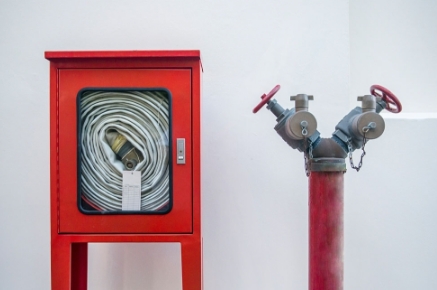
To manage and put out possible fires, hybrid systems combine two or more of the aforementioned techniques. Hybrid systems are an excellent illustration of how a qualified fire protection firm can assess your needs and provide the best system for them.
This takes the guesswork out of it, allowing you to rest easy knowing that your assets, especially personnel, are secure in the event of a fire.
Which Is the Right Fire Protection System for Your Needs?
When selecting an active fire protection system, there are a few important factors to take into account. Included are the size of your local fire department and the capacity of resources that would be on hand in an emergency. The next factor is the nature of components that are present in the affected area. The building’s contents may be priceless or flammable. It affects the fire protection system you pick. The size of the property is also important when you are considering getting a fire protection system on the premises. For different surface areas, the need for any type of fire protection system can vary.
Have doubt in choosing right fire protection system? Contact TAS Fire Protection, who can help you make the right decision when it comes to selecting a fire protection system for your home or business. With their expertise in fire safety, they will provide you with the best advice on what type of system would be most suitable for your needs, as well as ensuring that it is correctly installed and regularly maintained.
Contact Us (905-870-7779) for a Free Consultation!
—
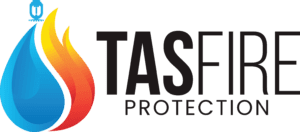
About TAS Fire Protection
TAS Fire Protection offers comprehensive and cutting-edge fire protection and security services to commercial, industrial, and high-rise properties. Our team of highly skilled professionals has years of experience in installing, maintaining, and inspecting fire alarm systems, fire sprinkler systems, fire extinguishers, fire hydrants, security alarm systems, and more. We understand that fire safety and security is essential to the protection of lives and property.
> Learn More
